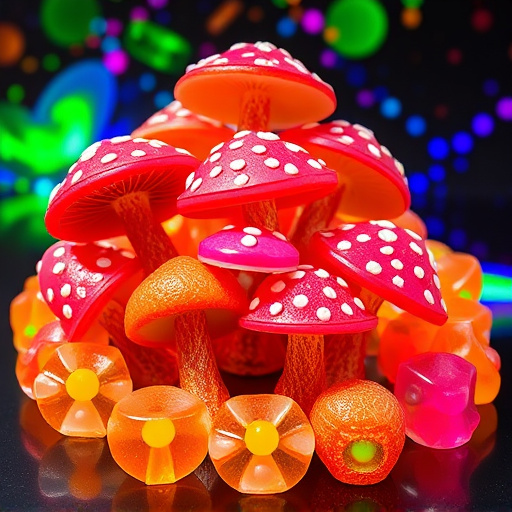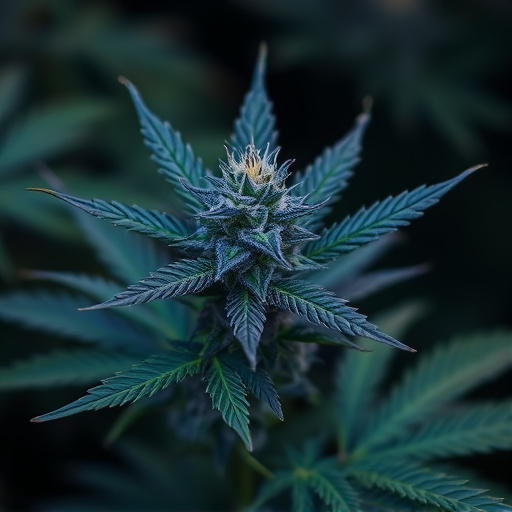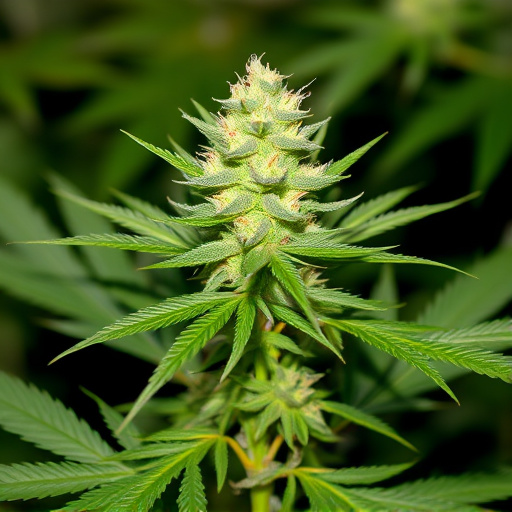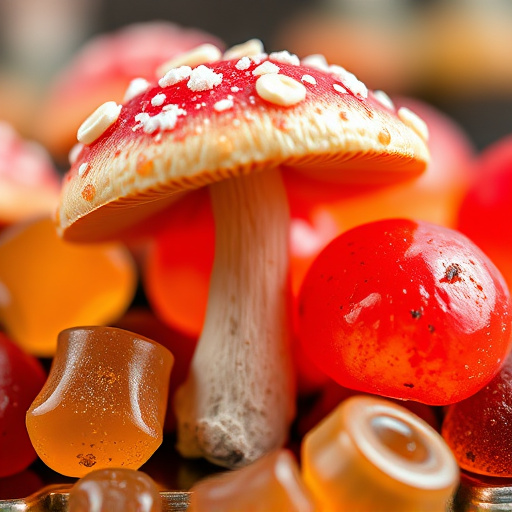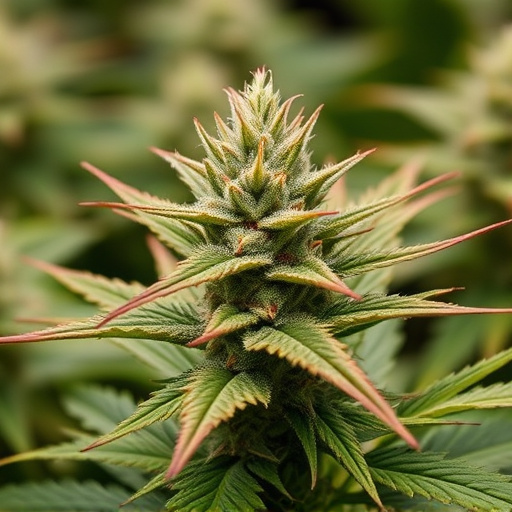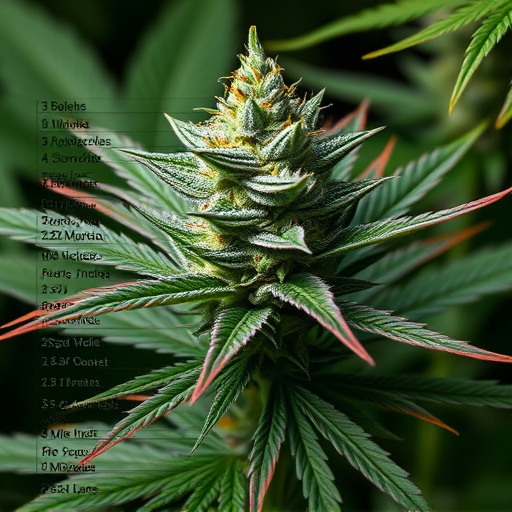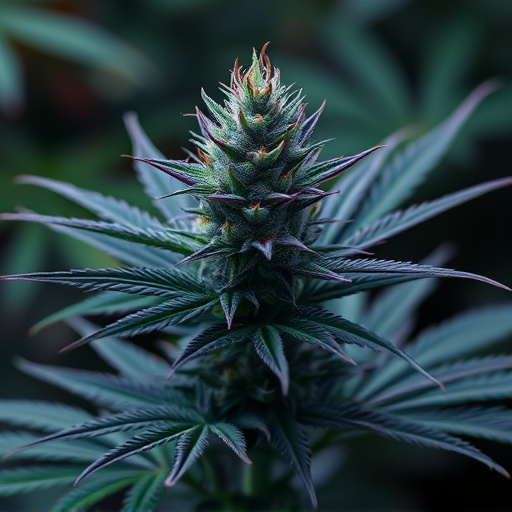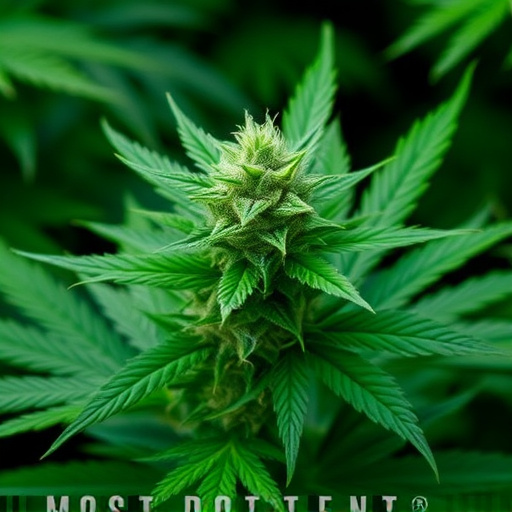Climate significantly affects cannabis cultivation, impacting plant growth, terpene development, and cannabinoid profiles. Mild temperate climates with extended growing seasons produce robust plants with desirable traits, ideal for cultivating the most potent strains. Extreme weather conditions can stress plants, reduce yields, and alter chemical compositions, challenging consistent production of high-potency cannabis. Understanding these climate nuances is crucial for cultivators aiming to master their craft across diverse environmental settings.
The environment in which cannabis plants are cultivated significantly influences their growth, yield, and ultimately, the quality of the final product. From climate conditions to soil health and cultivation techniques, each factor plays a pivotal role in shaping the characteristics and potency of different cannabis strains. Understanding these environmental impacts is crucial for growers aiming to produce the most potent strains of cannabis, meeting the demands of discerning consumers. This article explores these key aspects to provide a comprehensive guide to optimizing cannabis quality.
- The Impact of Climate on Cannabis Plant Growth
- – Discussion on how different climates affect the growth rate, yield, and overall health of cannabis plants.
- – Highlighting key environmental factors such as temperature, humidity, and sunlight exposure.
The Impact of Climate on Cannabis Plant Growth
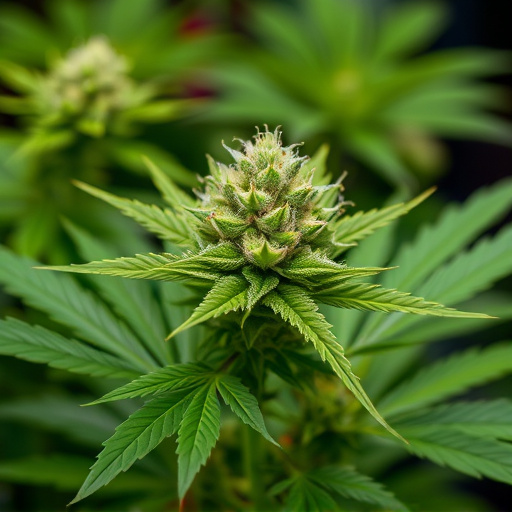
The climate plays a pivotal role in shaping the growth and quality of cannabis plants, ultimately influencing the production of some of the most potent strains of cannabis. Cannabis is a highly sensitive crop, with its development closely tied to environmental conditions. For instance, regions with mild, temperate climates often foster ideal growing environments, allowing for a longer growing season and optimal light exposure—key factors in promoting robust plant growth and the development of desirable terpenes and cannabinoids.
In contrast, extreme weather conditions can significantly impact cannabis cultivation. Hot, dry summers might stress the plants, leading to reduced yields and altered chemical compositions. Conversely, prolonged periods of cold or excessive rainfall can hinder photosynthesis and cause issues with pest and disease management. As such, understanding climate’s influence is essential for cultivators aiming to produce high-quality, potent cannabis strains while ensuring consistent and desirable traits across different environmental settings.
– Discussion on how different climates affect the growth rate, yield, and overall health of cannabis plants.
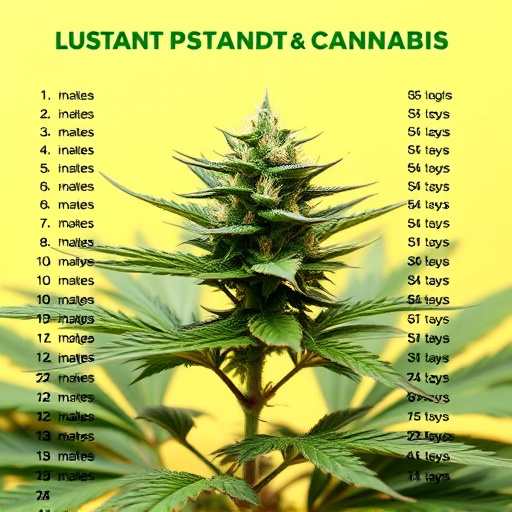
Cannabis plants, like many others, are highly sensitive to their surroundings, and climate plays a significant role in shaping their growth and eventual quality. The ideal growing environment for cannabis varies between different strains, but overall, these plants thrive in warm and humid conditions with ample sunlight. For instance, regions with Mediterranean-like climates often produce robust cannabis crops due to the mild winters and warm, sunny summers that facilitate rapid growth and high yields. Such favorable conditions can lead to the development of some of the most potent strains of cannabis.
On the other hand, extreme temperatures and unpredictable weather patterns can negatively impact cannabis cultivation. Cold spells during critical growing stages may cause damage to the plants’ delicate structures, affecting their overall health and yield. Conversely, excessive heat can lead to dehydration and stress, causing cannabis plants to allocate more resources towards survival rather than maximizing growth potential. These environmental factors are crucial considerations for cultivators aiming to produce top-quality, potent cannabis strains.
– Highlighting key environmental factors such as temperature, humidity, and sunlight exposure.
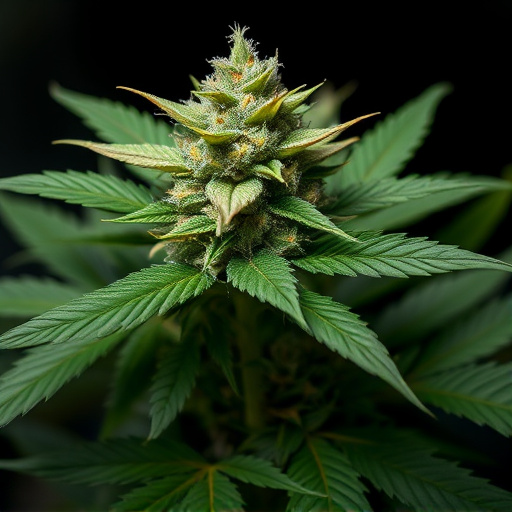
The quality and potency of cannabis are significantly influenced by the environment in which it grows, with temperature, humidity, and sunlight exposure playing key roles. For instance, most potent strains of cannabis thrive in environments that maintain consistent temperatures between 65-75°F (18-24°C). Temperatures beyond this range can stress the plant, leading to reduced yields and altered cannabinoid profiles. Humidity levels should ideally stay between 40-60%, which helps prevent mold and mildew while ensuring optimal nutrient absorption.
Sunlight exposure is another critical factor. Cannabis plants require about 18-24 hours of light per day during vegetative growth and 12 hours or less during flowering to maximize cannabinoid production. The intensity and duration of sunlight can significantly affect the concentration of cannabinoids, particularly THC, which is sought after for its psychoactive effects and medicinal properties. Balancing these environmental factors is crucial for cultivating not just high-quality cannabis, but also some of the most potent strains available in today’s market.
In conclusion, understanding the intricate relationship between growing environments and cannabis quality is paramount for cultivating the most potent strains. Factors like climate, temperature, humidity, and sunlight exposure significantly influence growth rate, yield, and plant health. By carefully controlling these environmental variables, growers can optimize conditions to produce superior-quality cannabis, ensuring that each plant reaches its full potential. This knowledge is essential for both commercial operations and home cultivators seeking to harness the highest levels of potency from their crops.
